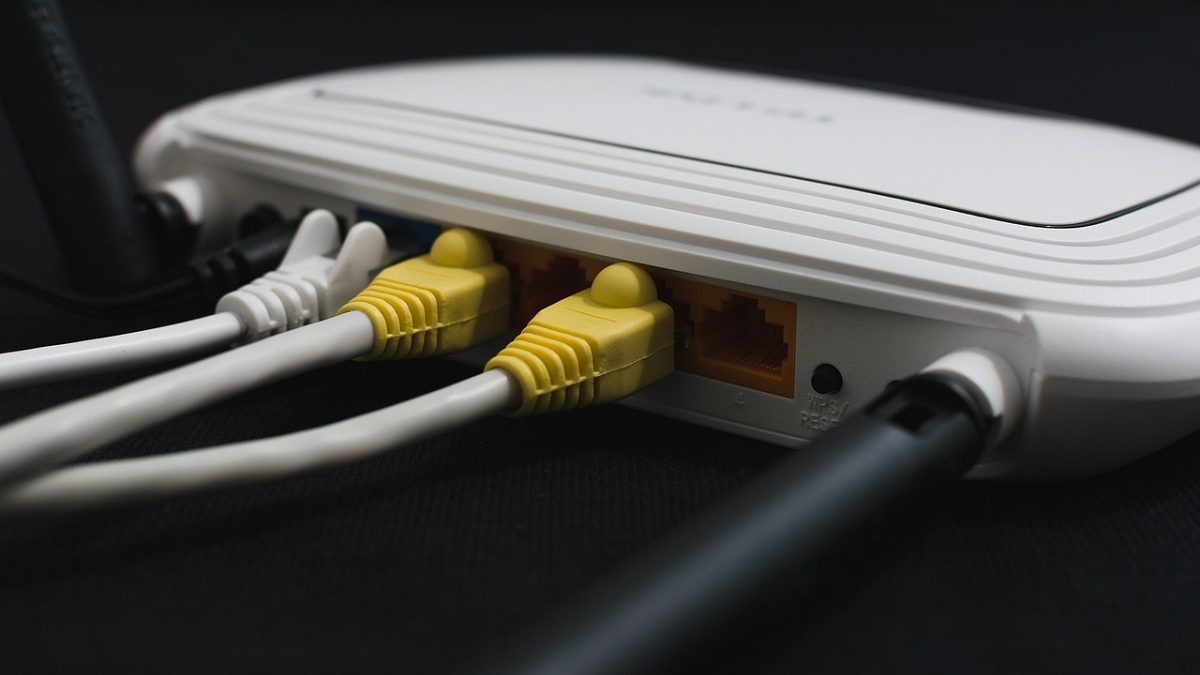Table of Contents
ADSL Definition
The ADSL, which in English stands for Asymmetric Digital Subscriber Line, refers to the technology that uses conventional telephone lines to create an Internet connection.
In this sense, the asymmetry that characterizes this type of technology is related to the difference in speed that occurs between the reception and transmission of data.
And, fortunately, the volume of information received by users is quite higher than that of the information collected by the telecommunications network.
Also Read: The Gaming Industry Is Changing At A Faster Pace – A Discussion
What are the characteristics of ADSL?
Among the main features of ADSL technology we can find:
- The ADSL requires a single telephone line for both data transmission and voice transmission.
- For a connection by ADSL, it is necessary to install a modem that allows data traffic between the line itself.
- Usually, this cable connects to the Ethernet port of the computer.
- The speed at which data transfers vary significantly between one offer and another and between one operator and another.
- This technology is a broadband Internet connection.
What are the advantages of [ADSL]?
Being connected by ADSL to access the Internet can have many advantages. Among them, the main ones are:
- You can talk and navigate on the same telephone line without affecting voice quality or lowering the browsing speed.
- You can have a large bandwidth.
- And also, You can achieve high-speed internet access.
- It is a natural connection to install since, usually, the operator provides the line, the modem, and everything necessary for immediate use.
- ADSL technology is the broadband connection that reaches more homes and has the most coverage since it covers 95% of the Spanish territory.
- There is a wide variety of offers and ADSL rates in the market.
What are the disadvantages of [ADSL]?
- The most significant disadvantage of an ADSL connection is that its speed will condition by the distance between your home (or office) and the telephone exchange, which sometimes causes you to receive a rate considerably lower than the contracted one.
- Another possible disadvantage is that ADSL technology is susceptible to interference, so your speed, on certain occasions, maybe even slower.
What will your ADSL connection be?
- When signing an ADSL offer with the different Internet operators in Spain, it is difficult to know in advance how you will receive the data.
- However, different factors can cause your speed to decrease, and you need to know them.
- If your home is more than three kilometers from the telecommunications network, the Internet speed will be considerably lower.
- And if the distance exceeds four kilometers, in no case can you navigate to more than 3 Mb.
- The second factor that can reduce the connection speed is the quality of the installation executed by your operator.
Also Read: What is DNIS? – Definition, Applications, and More

